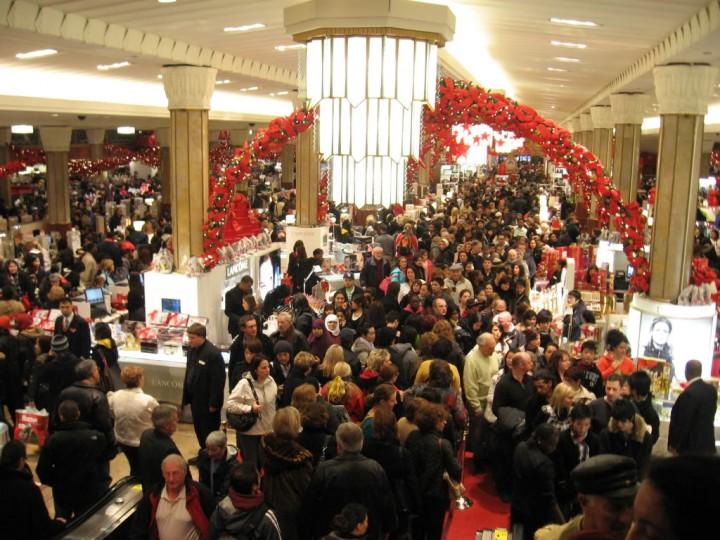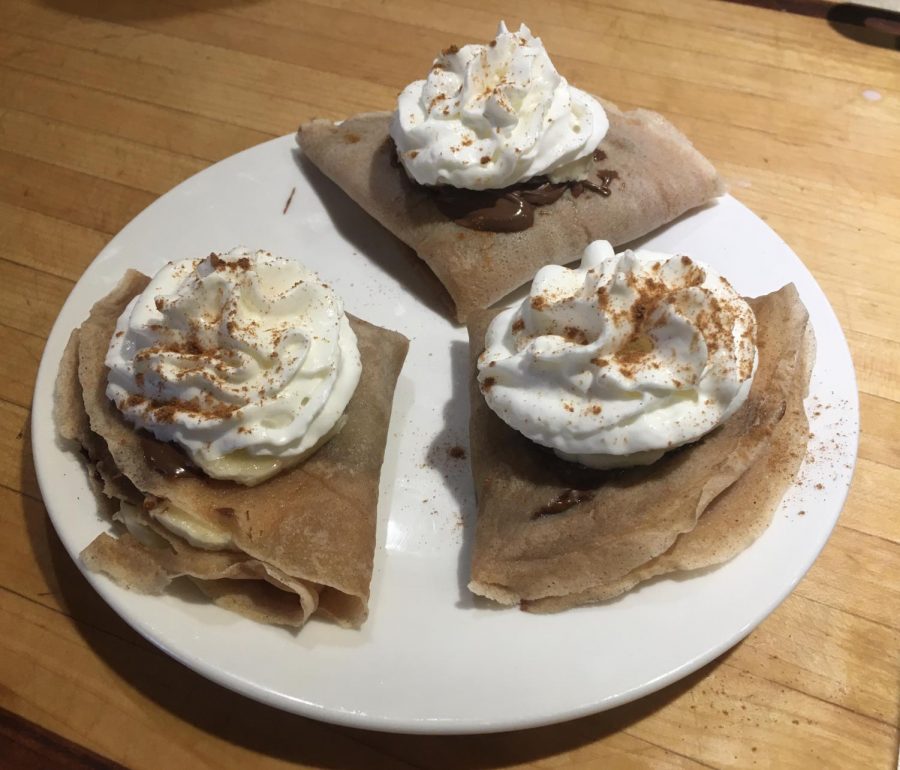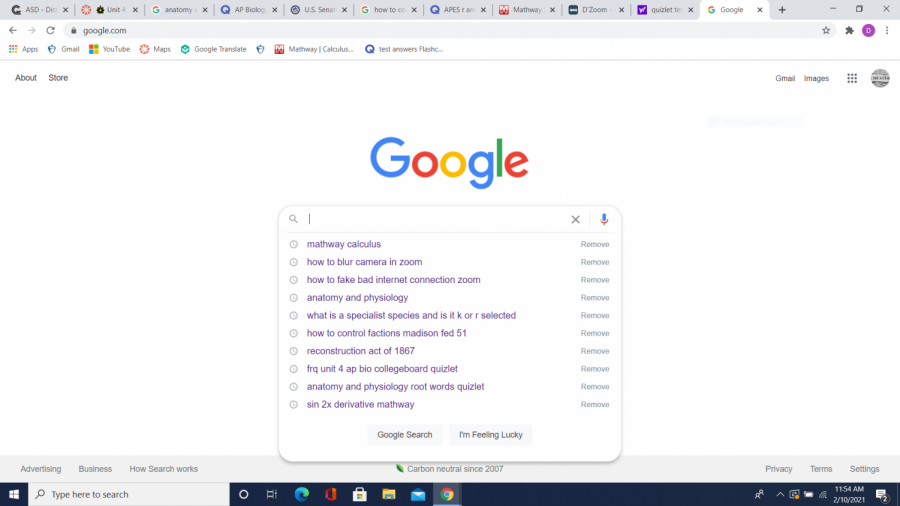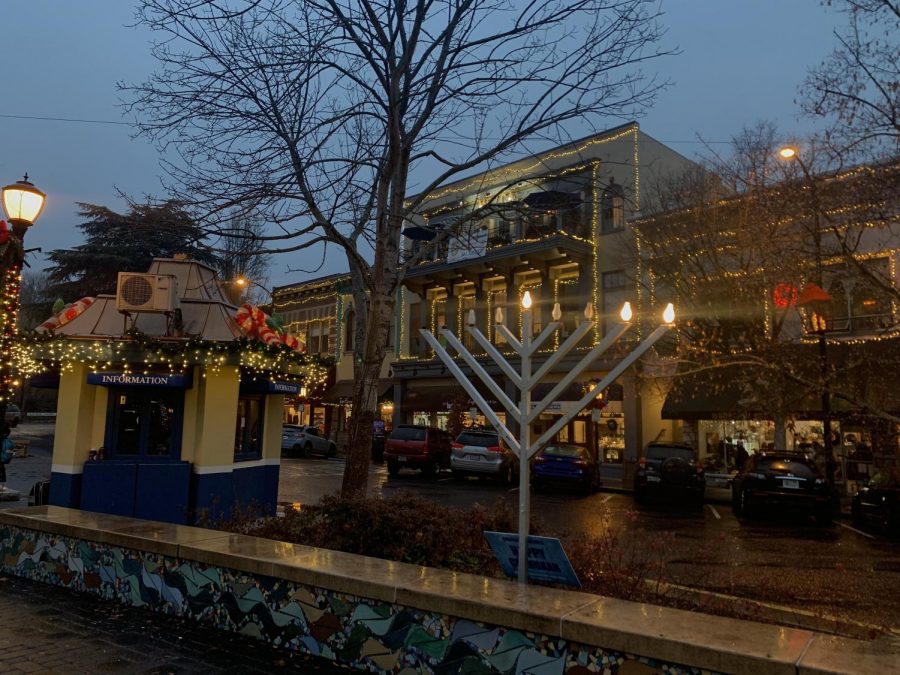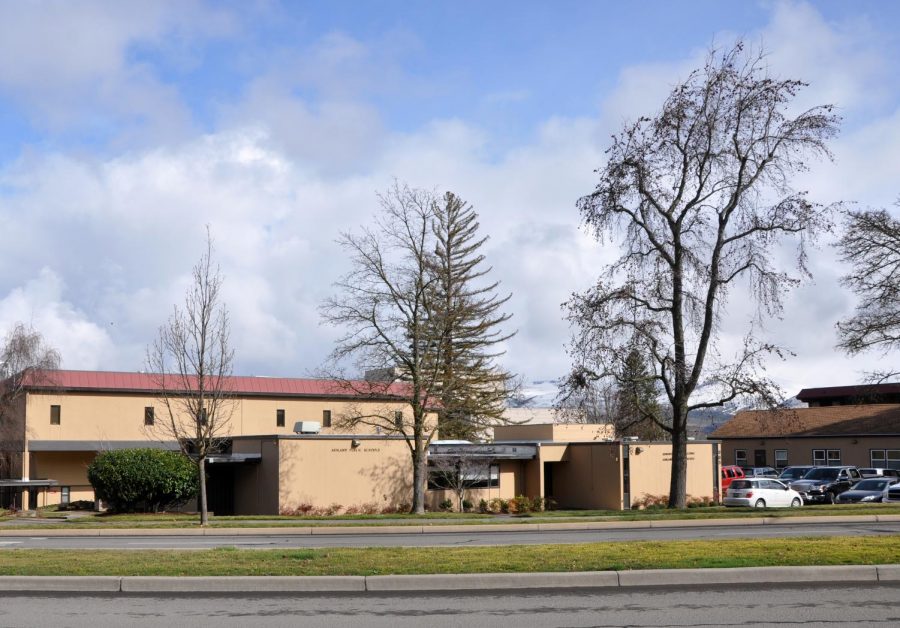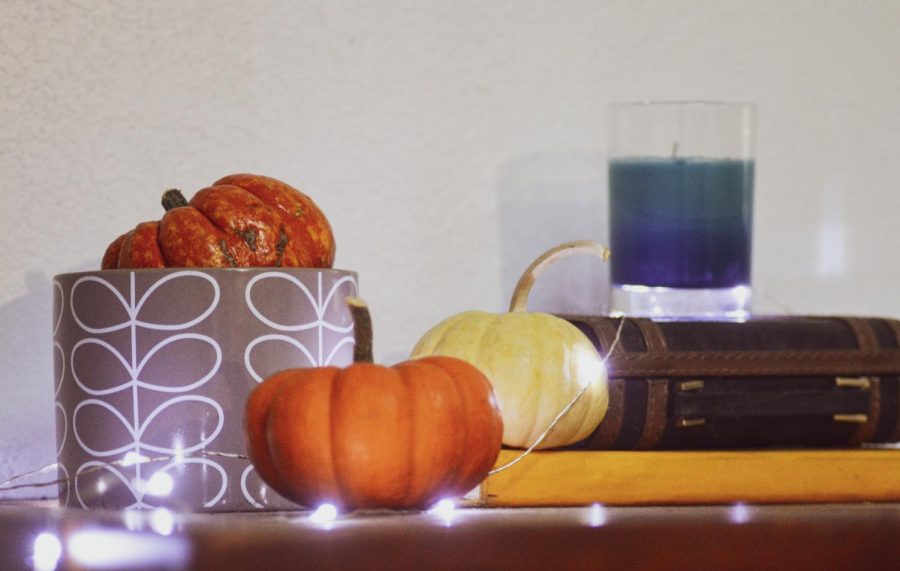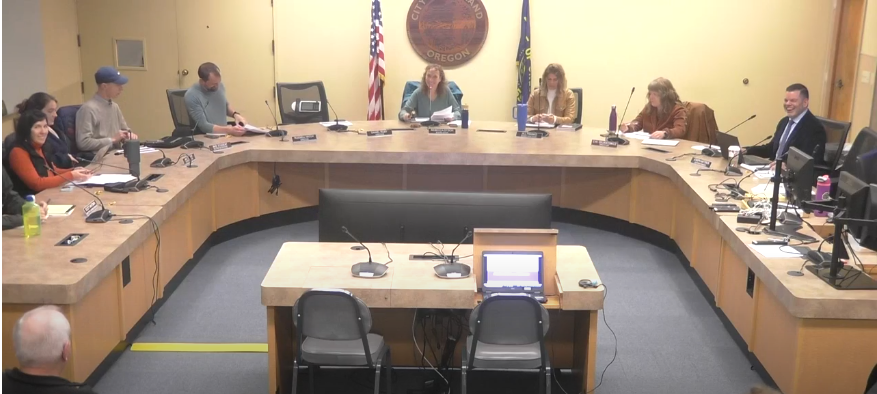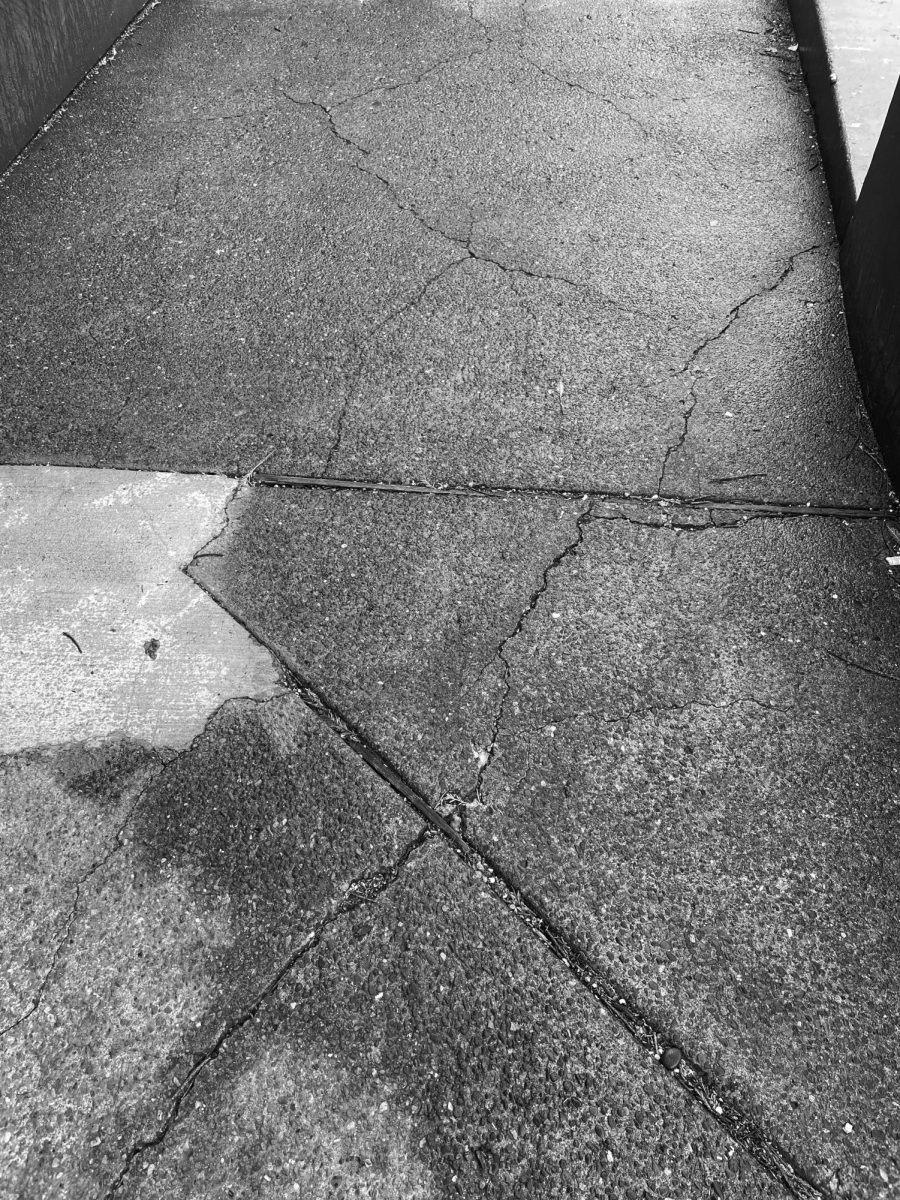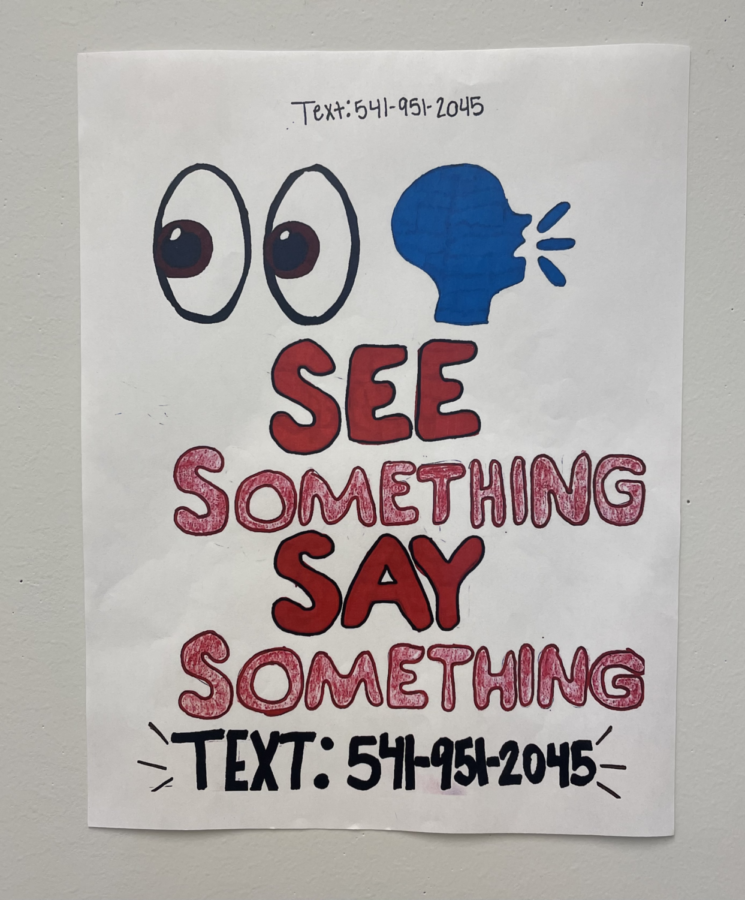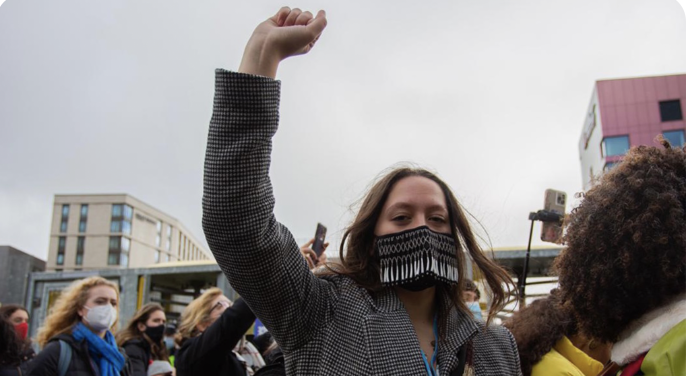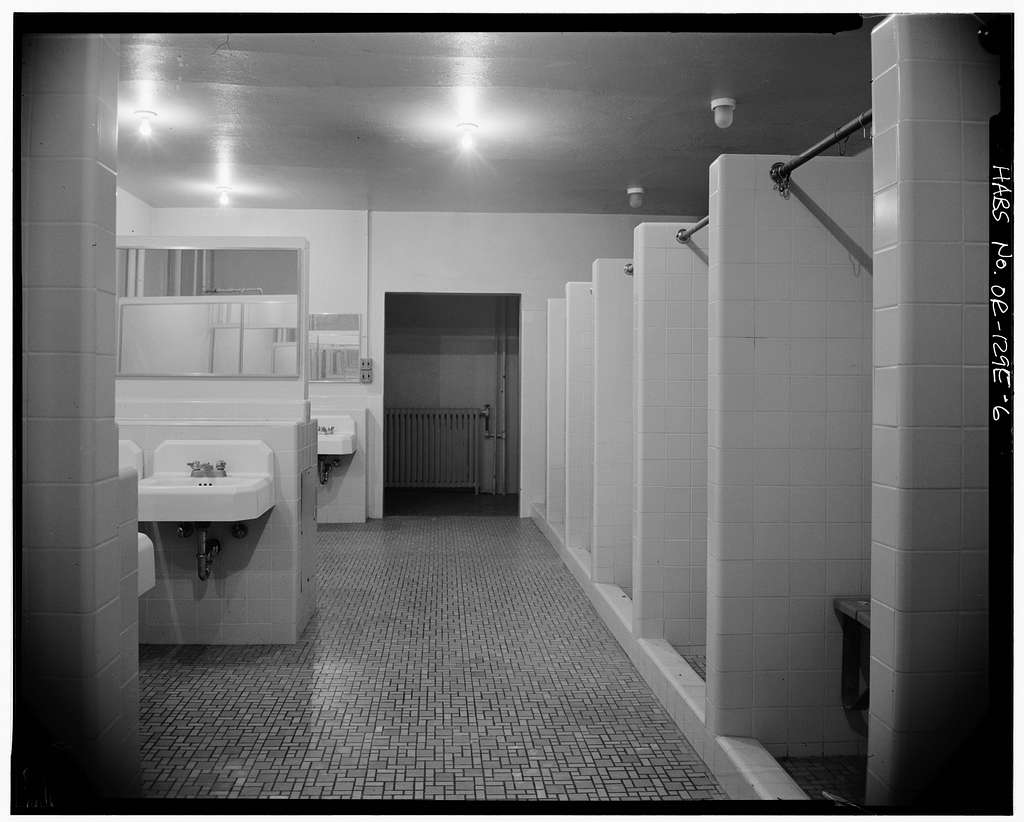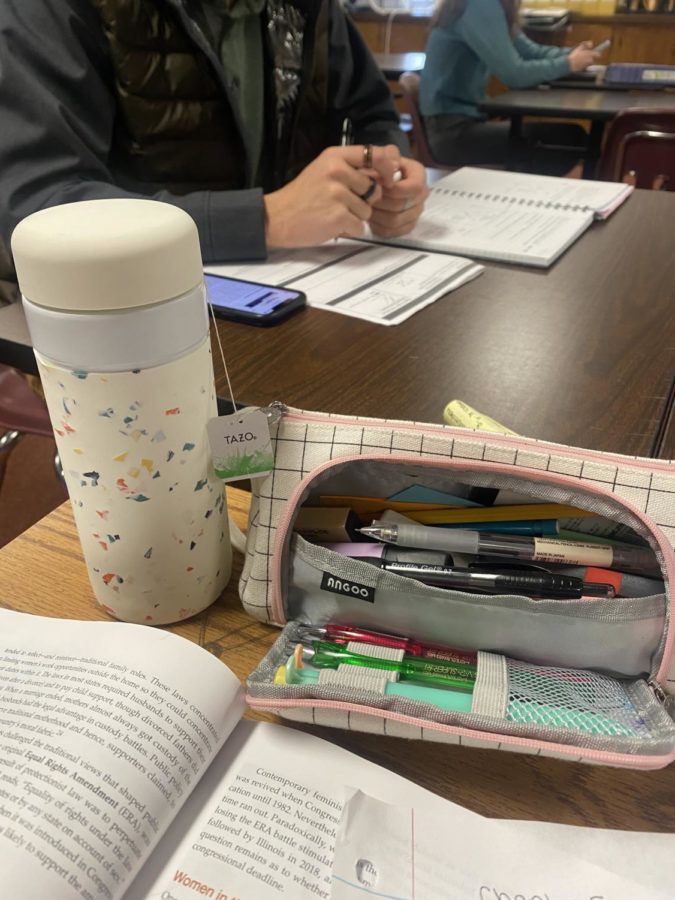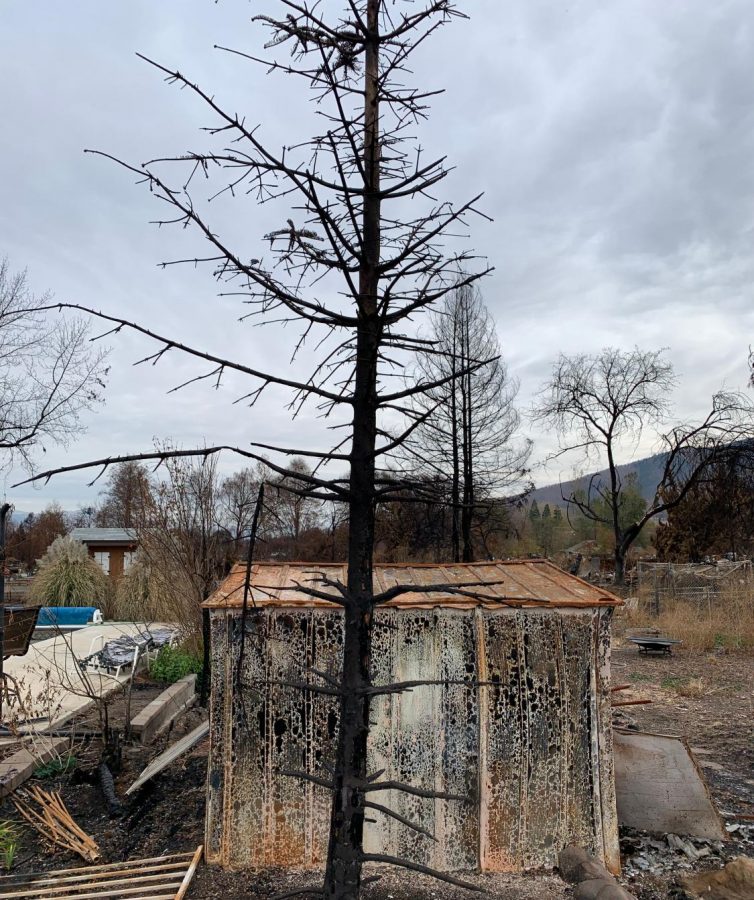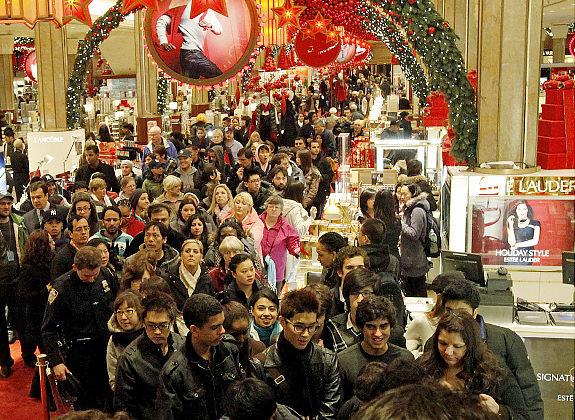 After filling up with a gigantic feast on Thanksgiving Day, it has become a tradition for many across the country to get up extremely early the next day and go out and stuff their shopping bags. Dubbed “Black Friday,” this is the ultimate feasting day for consumers, as well as retailers, as stores put on mind-blowing sales, and shoppers flock for bargains on what is widely considered to be the start of the holiday shopping season.
After filling up with a gigantic feast on Thanksgiving Day, it has become a tradition for many across the country to get up extremely early the next day and go out and stuff their shopping bags. Dubbed “Black Friday,” this is the ultimate feasting day for consumers, as well as retailers, as stores put on mind-blowing sales, and shoppers flock for bargains on what is widely considered to be the start of the holiday shopping season.
What’s behind this retail frenzy? Take a look at the stats and see what history has to say.
The Early Bird Catches The Worm
Black is still the color of the sky when many shoppers rise to go after the day’s pre-dawn deals. According to a 2009 survey conducted by BIGresearch on behalf of the National Retail Federation (NRF), 31.2 percent of shoppers surveyed arrived at their retail destination by 5:00 A.M. on Black Friday last year, beating out the number of early morning shoppers that hit the stores by that time in 2008. The earliest early birds, a tiny 3.3 percent, arrived to start their shopping at the wee hour of 12:00 A.M.
A Sale By Any Other Name…
The are two main theories that exist as to how the day of deals immediately following Thanksgiving came to be known as Black Friday.
According to a 2009 article published in TIME magazine, the phrase “Black Friday” was first applied in the 1960s in the city of Philadelphia by newspapers in reference to the chaos of crowds resulting from the post-Thanksgiving holiday shopping haste. Apparently, some felt the scene was reminiscent of the rush of madness seen after the stock market panic of September 24, 1864, also known as “Black Friday,” and this is what the phrase originally referenced.
However, according to the NRF, the term “Black Friday” comes from the retail accounting perspective; it is said to refer to the stores’ profit margins in the days when the books were kept by hand with red ink signaling loss and black ink representing profit. As one of the most major shopping days of the year, Black Friday sales can push retailers’ finances from the “red” to the “black.”
Shopping, Shopping, and Even More Shopping
If you decide join the crowds, but don’t get your entire list checked off over the Thanksgiving holiday weekend, don’t feel alone. According to the 2009 Holiday Consumer Intentions and Actions Survey, the average shopper in 2009 only had about 46.7 percent his/her projected holiday gift-buying wrapped up by the second week of December.
Statistically speaking, according to Shopper Trak, Black Friday is not generally the busiest shopping day of the year. Because of the last-minute shoppers, the busiest day is often the Saturday before Christmas that pulls in the most sales.
If you dream of deals and crowds of crazy people, feel free to wake up early and join the masses the morning of November 25, and help become part of the 2011 season’s future fun facts and figures of Black Friday!

